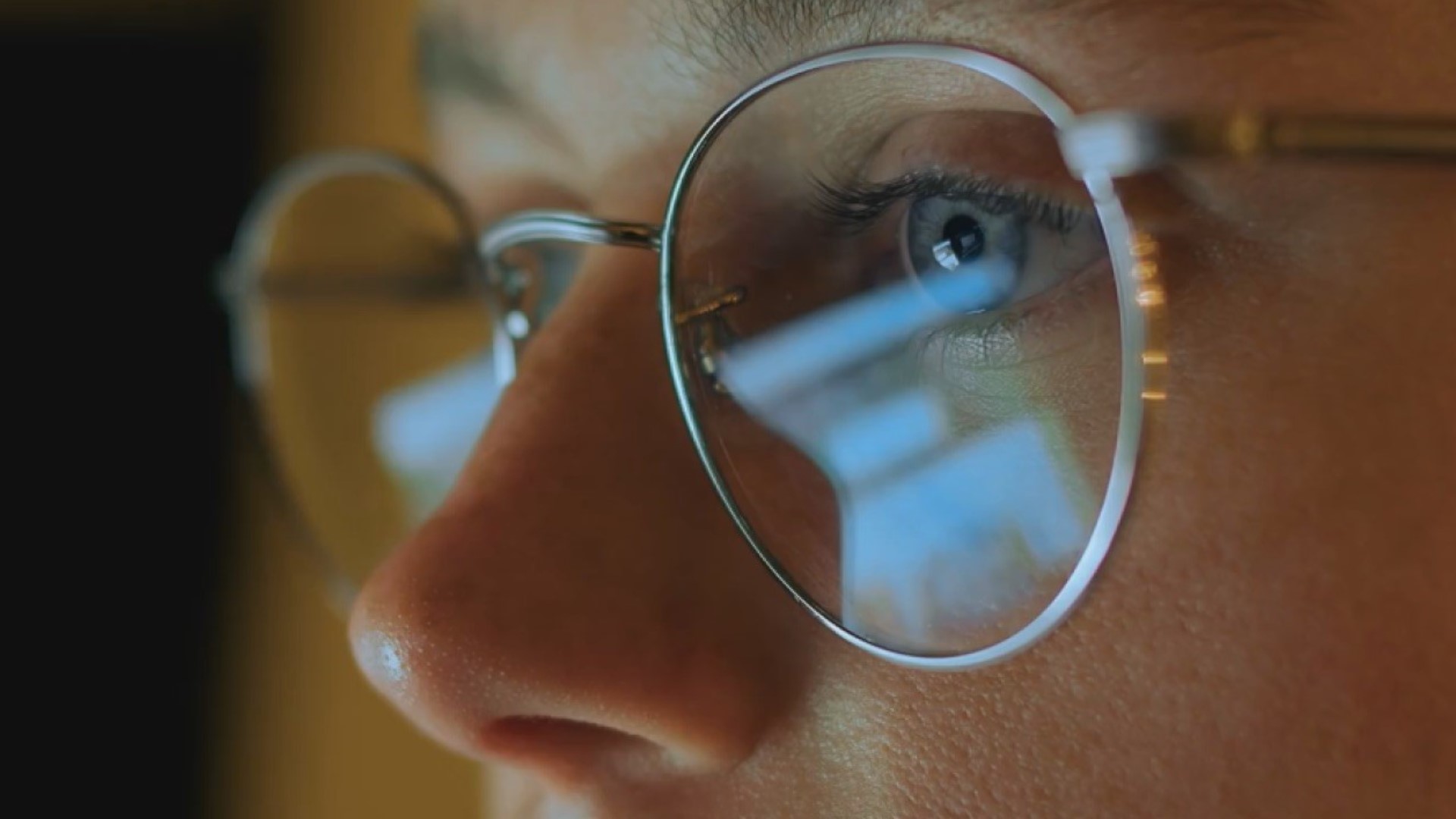Since the pandemic ramped up a year ago in March 2020, many of us have been glued to our screens, whether it was for virtual meetings or school.
After many are now spending nearly 10 hours a day in front of computers, some eye care professionals in our area, including Dr. Stacy Conway, Director of Optometry at Geisinger Northeast, have seen a spike in patients dealing with digital eye strain.
"I guess the biggest complaint that we're getting from patients, especially adults, is just dry eye, they're not comfortable, you know, by midday to the evening, their eyes are burning and tearing, and they're not maybe seeing as well as they were starting off in the morning. Kids don't tend to have those symptoms just because they have a little bit better tear production. But that's been the biggest complaint coming into the clinic, just by the end of the day or by the end of their work shift. Their eyes are tired and fatigued," Dr. Conway said.
The American Journal of Ophthalmology also tackled this topic in a recent study surrounding Myopia. It's also known as nearsightedness. It's when close objects appear clearly, but far ones don't. Researchers believe that prolonged digital screen exposure could lead to an increase in Myopia among patients. You can read the full study here.
Before the pandemic, when many were going into the office, chatting with coworkers, or heading to meetings, that type of environment often allowed for "eye breaks" from screens.
To help give your peepers a rest while working from home, Dr. Conway offered this suggestion:
"There's something called 'the 20-20-20 rule.' It's kind of popular, and where about every 20 minutes, you should stop what you're doing and try to look either out the window or down a hallway and count to 20. And try to stare 20 feet away. So that really helps. It just relaxes your muscles, and it allows those eyes to take a break and focus on a different distance."
Other tips Dr. Conway shared with Newswatch 16, especially those suffering from dry and tired eyes, are lubricating eye drops that can be purchased over the counter. You can try adding these three to four times throughout the day. If the symptoms of digital eye strain don't seem to improve with those over-the-counter products, contact an eye care professional for further help.
Dr. Conway stressed when buying eye drops for dry eyes, avoid those products that claim to "remove redness" as they could dry out your eyes even more.
To watch the full interview with Dr. Conway and Newswatch 16's Ryan Leckey, check out the video clip below.
Causes of digital eye strain, according to Geisinger doctors, include:
- High energy blue light from screens
- Focusing on objects in close proximity (phone, computers)
- Different lighting levels (screens)
- Failure to blink while concentrating
What are the symptoms of digital eye strain?
- Dry, irritated eyes
- Blurry vision
- Headache
- Neck/should/back pain
- Disrupted sleep patterns
Here are some other tips to alleviate digital eye strain.


